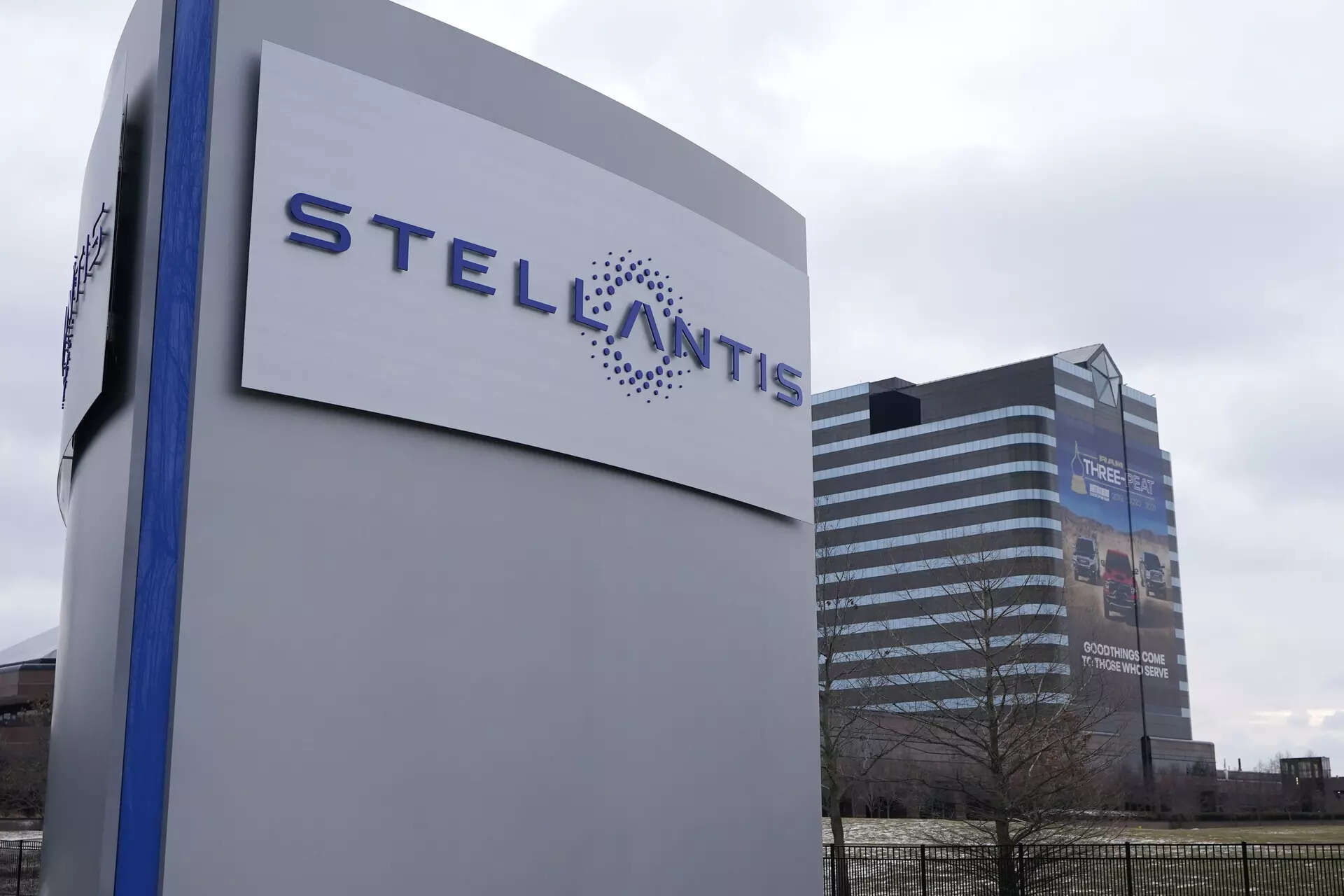
The transition of the automotive industry in Europe, the Stellantis way. This was the theme of the meeting held recently by the prestigious TEHA Club, a platform that brings together the CEOs of major companies operating in Italy.
The meeting was held at the headquarters of the Stellantis Heritage Hub in Turin, which forms part of the Mirafiori industrial complex, an iconic location in the history of the automotive industry. Among other functions, the Hub houses a collection of over 300 vintage cars from the Abarth, Alfa Romeo, FIAT, Jeep, and Lancia brands.
Moderated for TEHA Club by Daniel John Winteler (Board Member of The European House and delegate for Special Operations and Business Development), the meeting was attended by Alison Jones, Senior Vice President of the Circular Economy business unit at Stellantis, who illustrated to the participants the Stellantis Roadmap for a sustainable future.
Stellantis wishes to deal with this path of change by leading the evolution of the European and global automotive industry towards the ecological and energy transition, acknowledged as an essential duty to the generations of the future.
With its 125-year history and an ecosystem that includes brands offering mobility-related products and services, Stellantis has set itself a series of challenging goals. It has brought all these together in its Dare Forward 2030 strategic plan: reduction of net CO2 emissions by 50% from 2021 levels; achievement by 2030 of 100% BEVs in the sales mix in Europe, 50% BEV cars and light commercial vehicles in the United States; doubling of revenues compared to 2021.
Stellantis began to pursue these goals immediately, supported by a policy of technological progress that includes four platforms dedicated to the development of various vehicle segments and an investment of €30 million in electrification and software between 2021 and 2025.
The robust financial and sales results recently announced and the continued growth of the share of BEVs in the market demonstrate that Stellantis is taking the right path towards achieving its ultimate objective, to become a carbon net zero organization by 2038.
After the meeting, Alison Jones led the participants on a tour of the Mirafiori Circular Economy Hub, the first Stellantis site dedicated to this new economic model. A highly symbolic location, it stems from the recovery of a disused area covering 55,000 sq.m at the Mirafiori complex. As Alison Jones herself stated. “One of the core values at Stellantis is embodied by the dictum ‘We Care for the Future.’ That’s why we are committed to changing the model of production and consumption, shifting from a linear economy –characterized by the ‘producetake-consumemake-throw away dispose’ approach – to a circular one model, where resources are reused for as long as possible, and products are remanufactured, repaired, regenerated, reused, and recycled. The environmental impact is therefore limited. This work activity plays a key role in achieving the Group’s ambitious decarbonization goal, and it represents also one of the seven business units with strong potential for profitability, aiming to generate over EUR 2 billion in revenues by 2030.”

